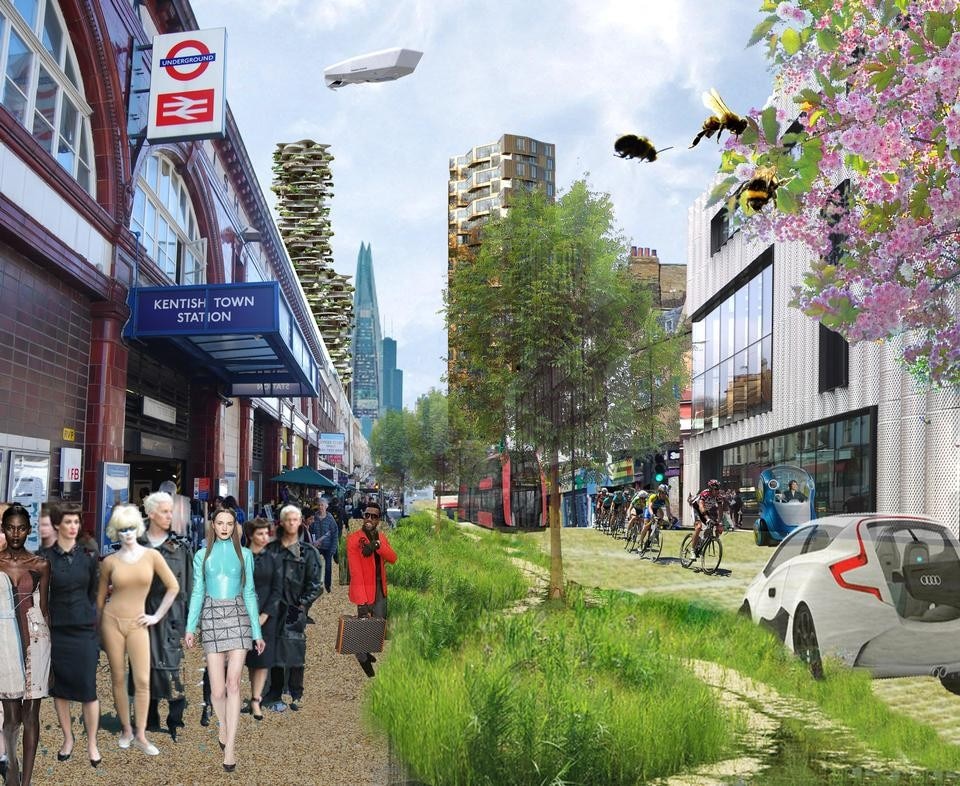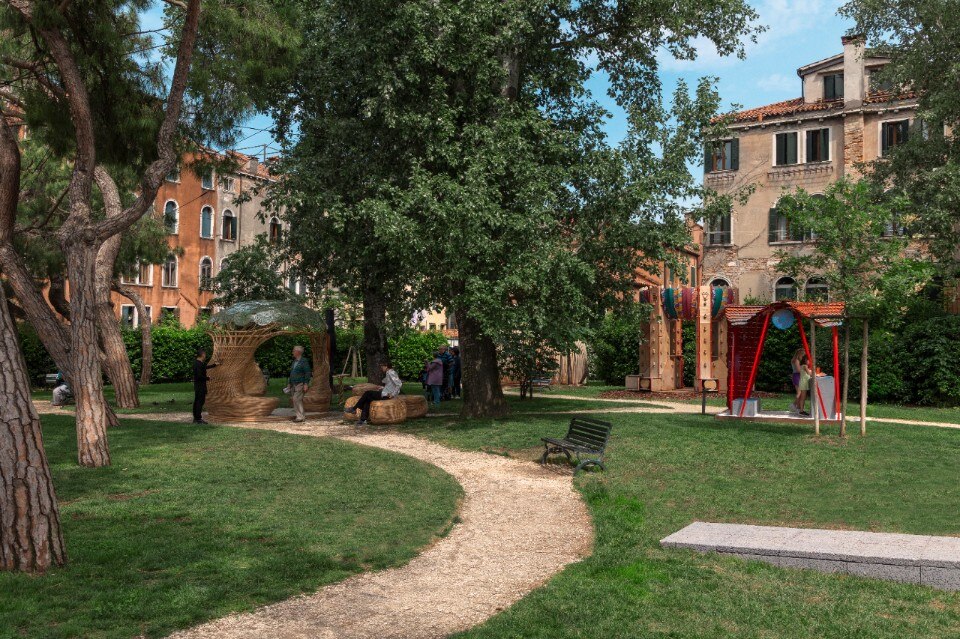As part of a project which will be culminated with an exhibition at this year's Venice Biennale, Audi invited Alison Brooks (UK) Cloud9 (ES), Diller Scofidio Renfro (US), Jurgen Mayer H (DE), Bjarke Ingels (DK) and Standard Architecture (CN) to present a glimpse at what the future will be like in 2030. What are the visions of people who are responsible for building its landscape? Firstly, with the rate of growth in Asia, 2030 in a European city could easily 2060 in China, points out Beijing's Zhang Ke, the founder of Standard Architecture (Start). He proposed a number of vast Saturn-esque public transport rings to circle outer Beijing, to stem the sprawl of the city and encourage targeted growth related directly to public transport.
Bjarke Ingels presented an evolution of invention, prediciting driverless zones in cities that will create higher density of traffic that could be better controlled. The same driverless idea was seen by Jurgen Mayer H, to a slightly more developed degree who joined the cars with a vision of the proliferation of data in the city. Enrique Iglesias offered some experimental materials to the mix with some bubble-related design, but little else.
The prophecy of the other architects were less utopic and seemed to generally orientate around self-driving cars, bubble cars and saw a future of cities with slightly more narrow roads. Alison Brooks and Diller Scofido Renfro's presentations were both noticeably weak with disparate ideas with no clear vision or development.
As with all the presentations, much work is to come in the next stage of development until the completed exhibition in August. Overall, the presentations were aimed a future not quite far enough away to be the work of pure science fiction, but near enough to be something resembling reality. What we were hoping for was a vision of the possibilities. Instead of pushing themselves, most of the projects appeared to have implemented some of the more predictable inventions that have been knocking around in car design for the last fifty years and left many questions unanswered. Beatrice Galilee
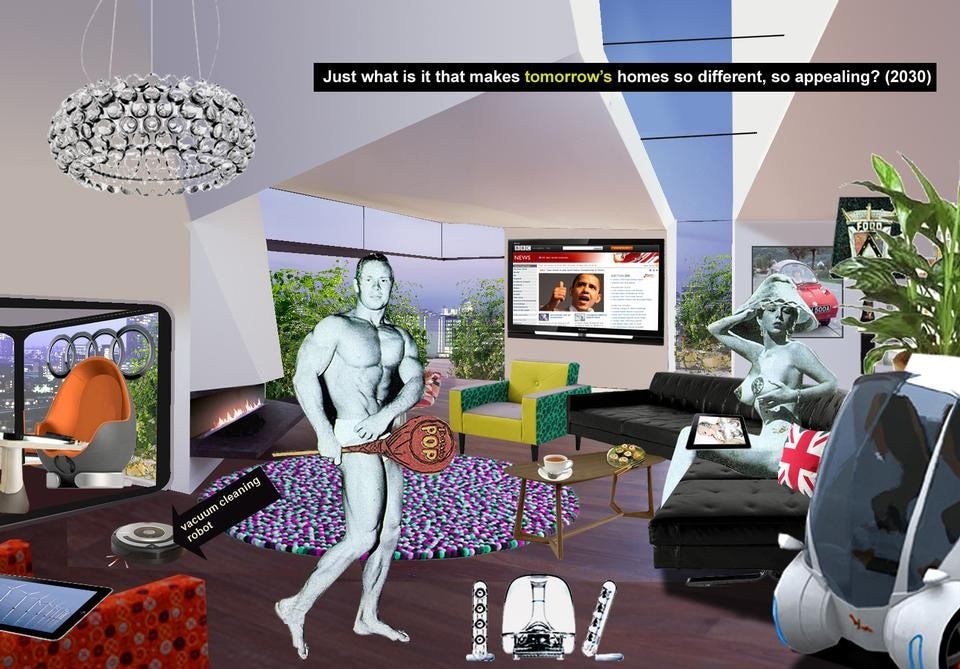
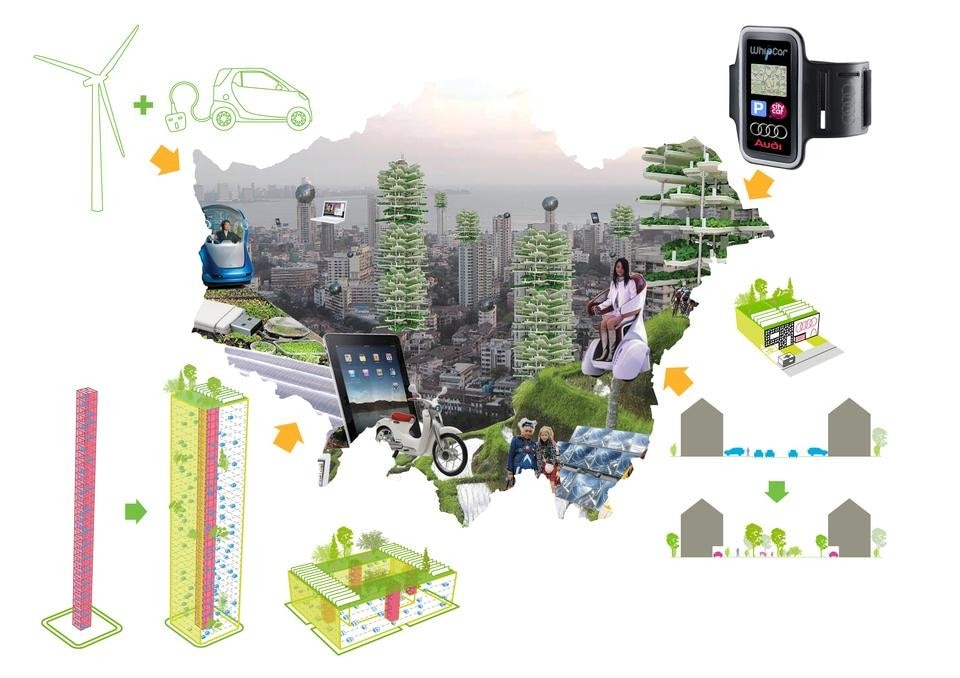
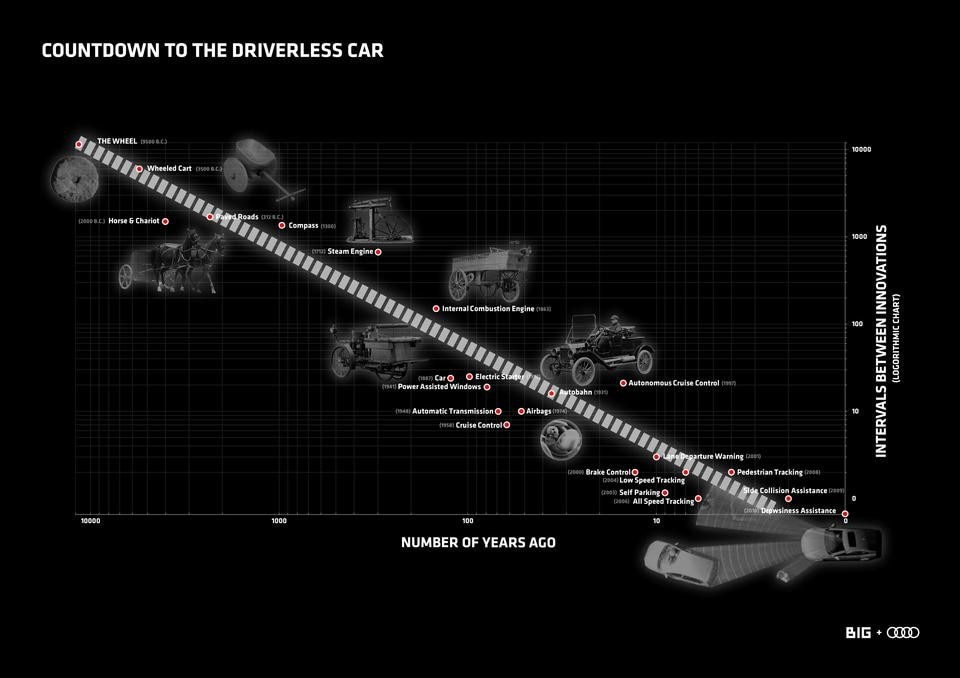
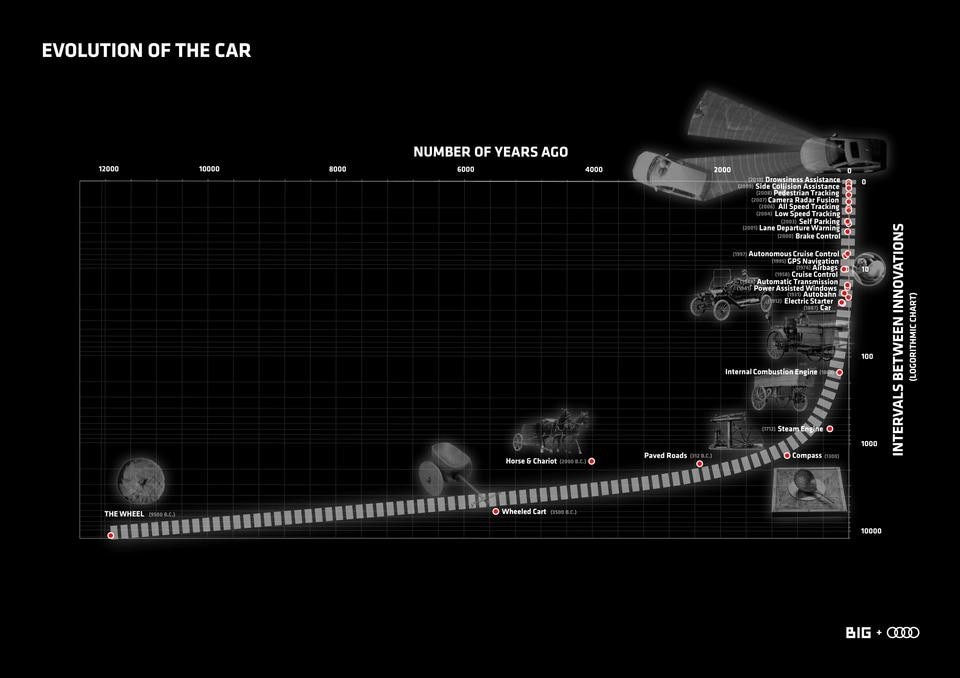
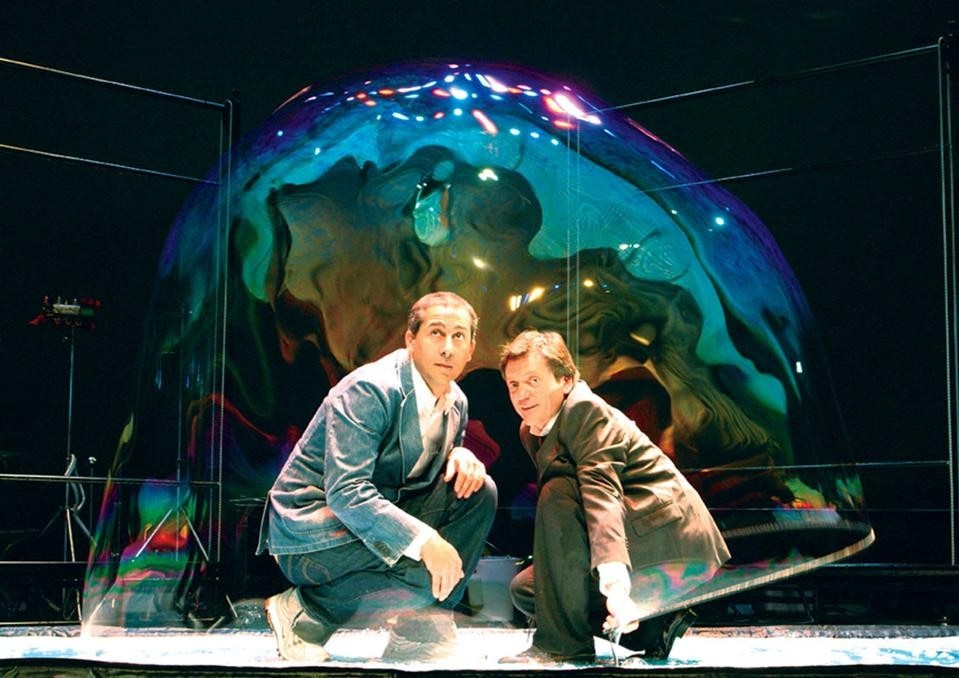
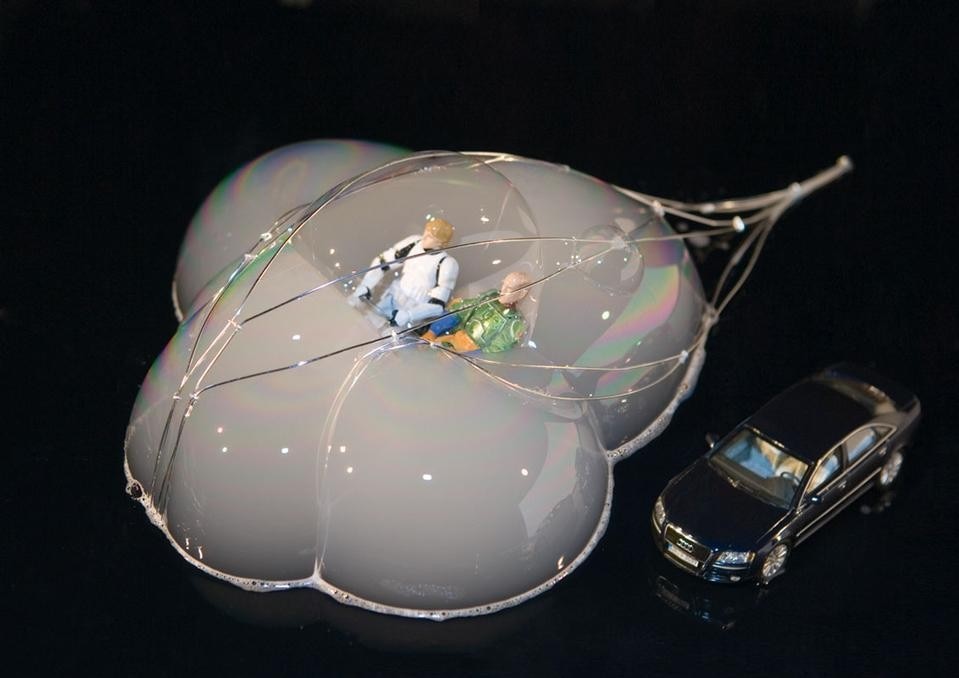
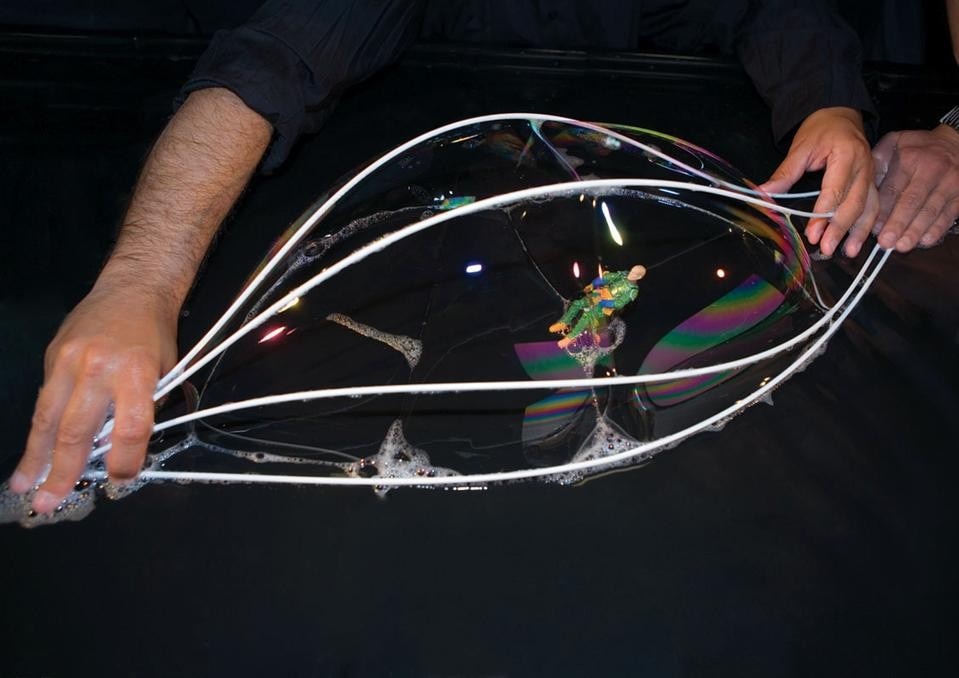
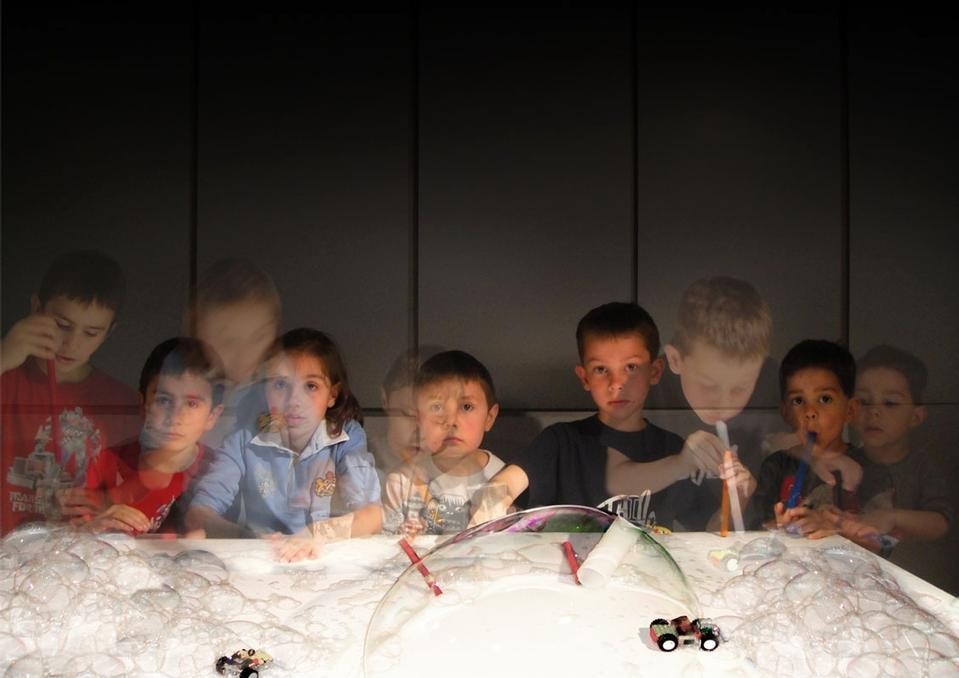
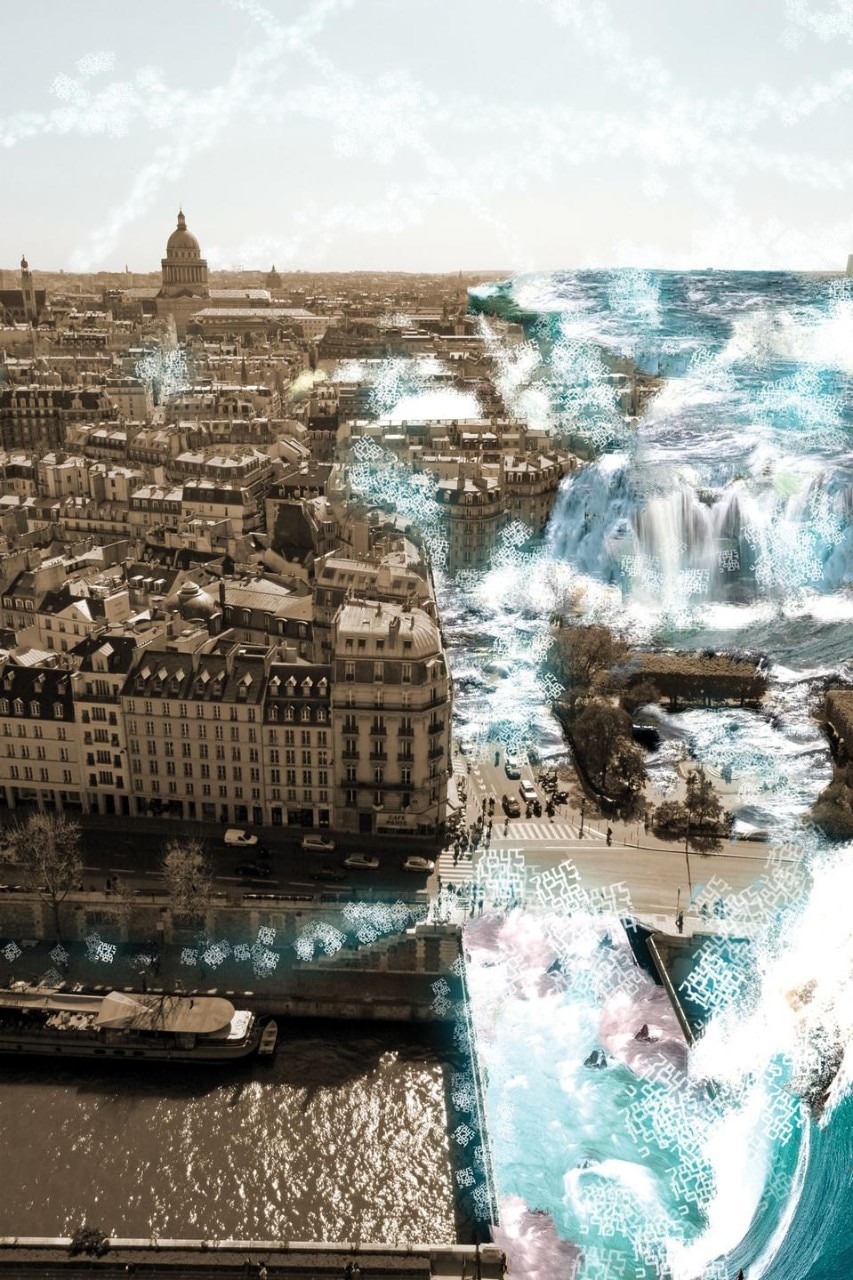
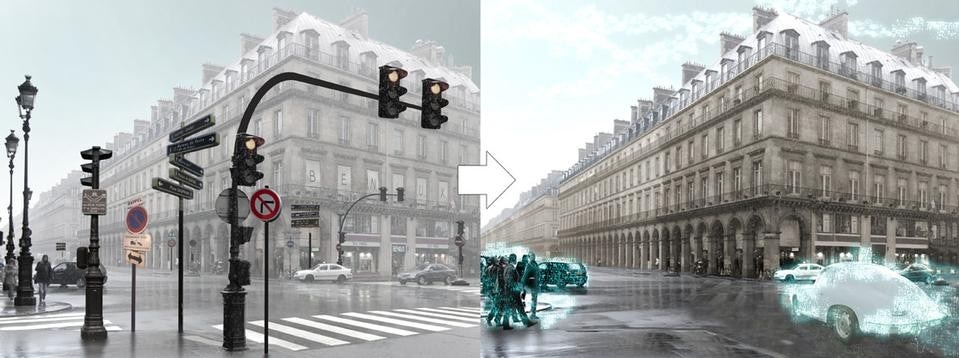
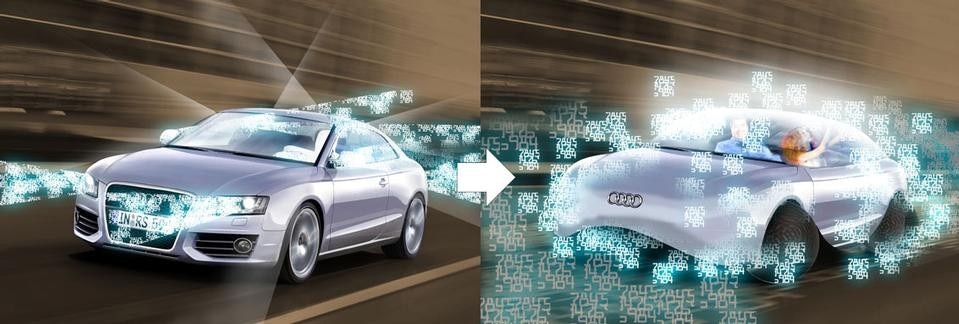
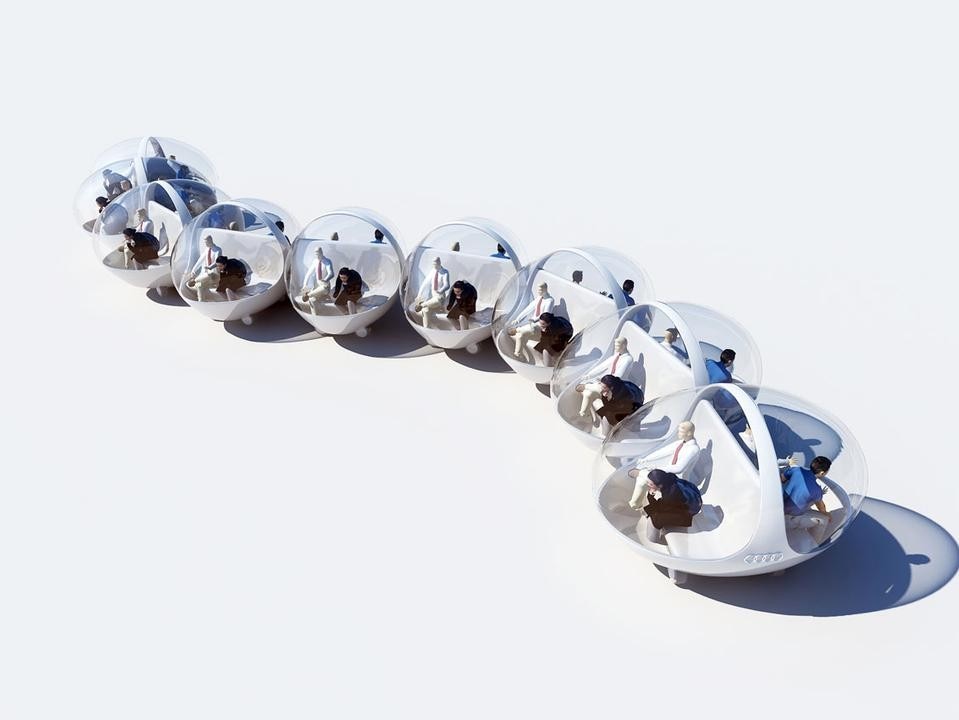
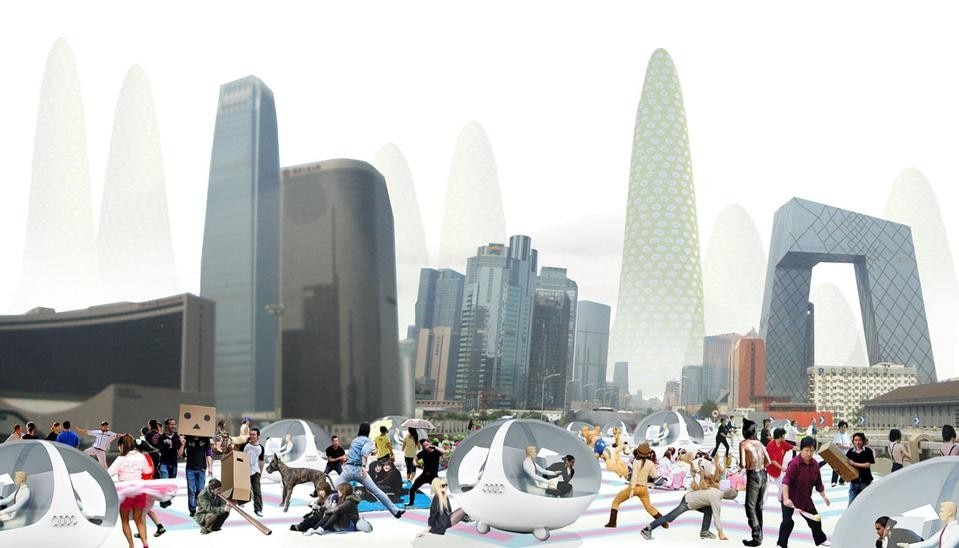
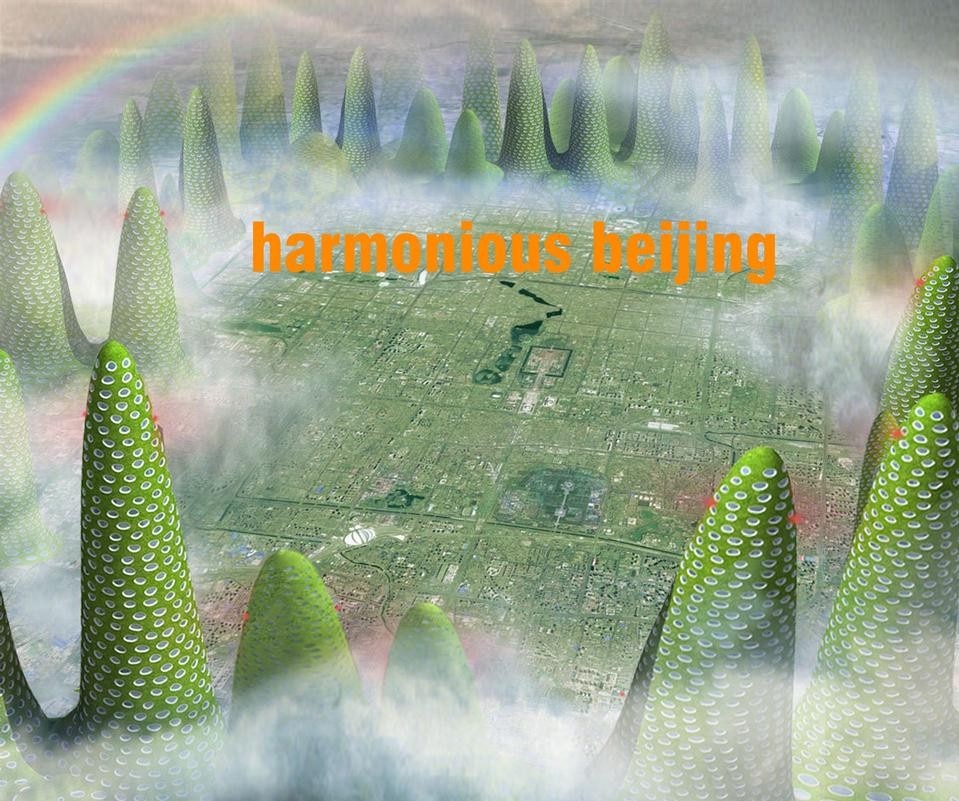
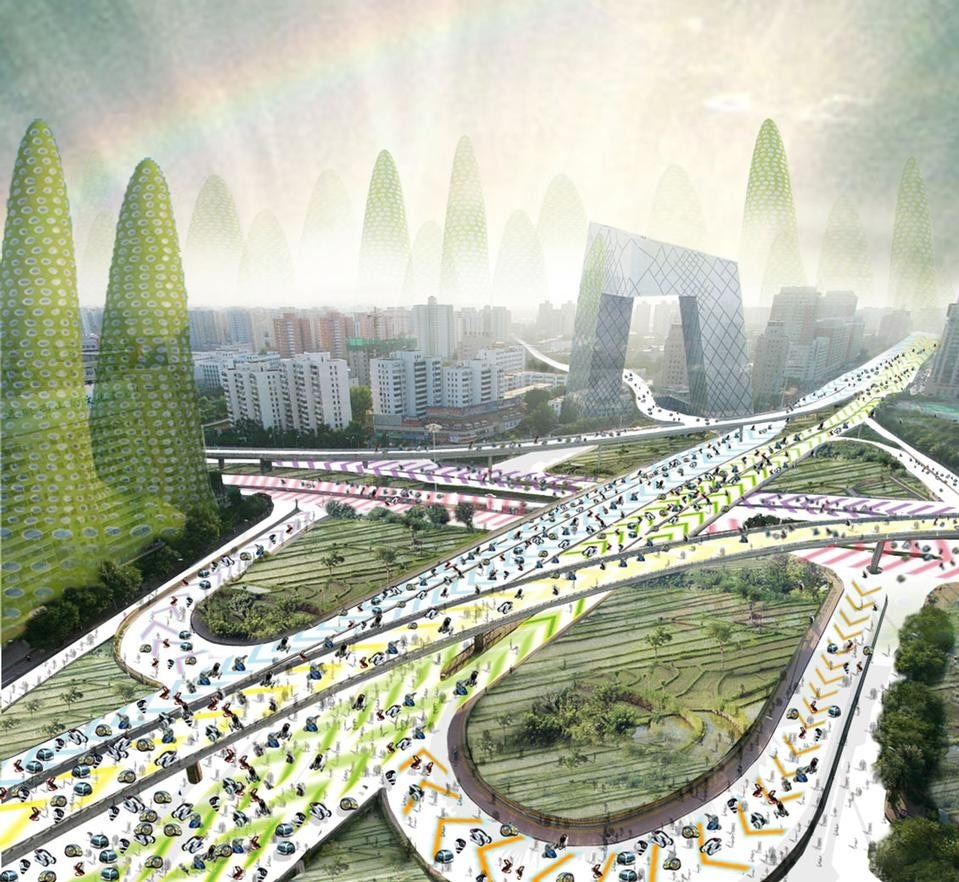
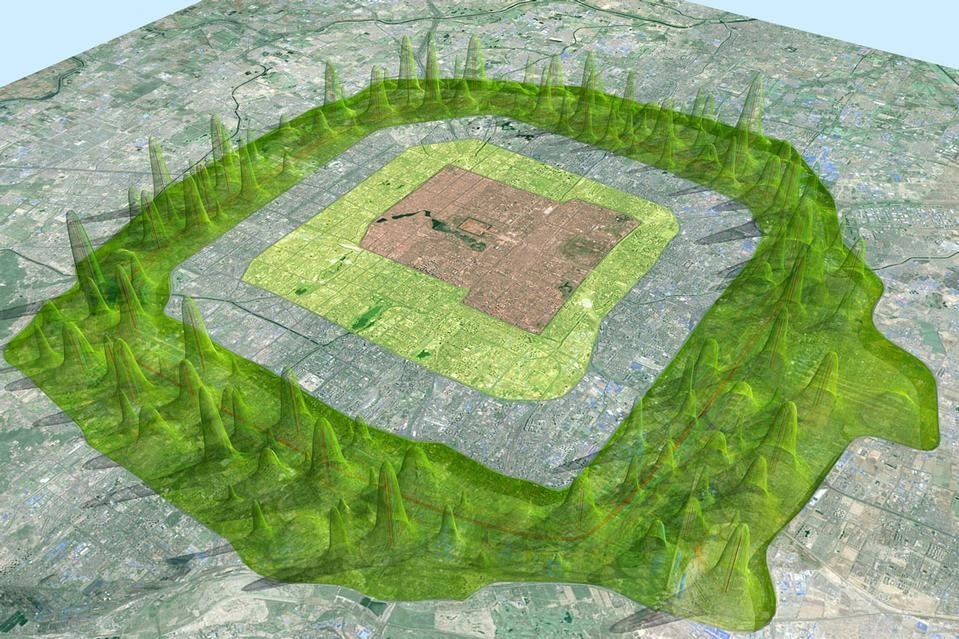
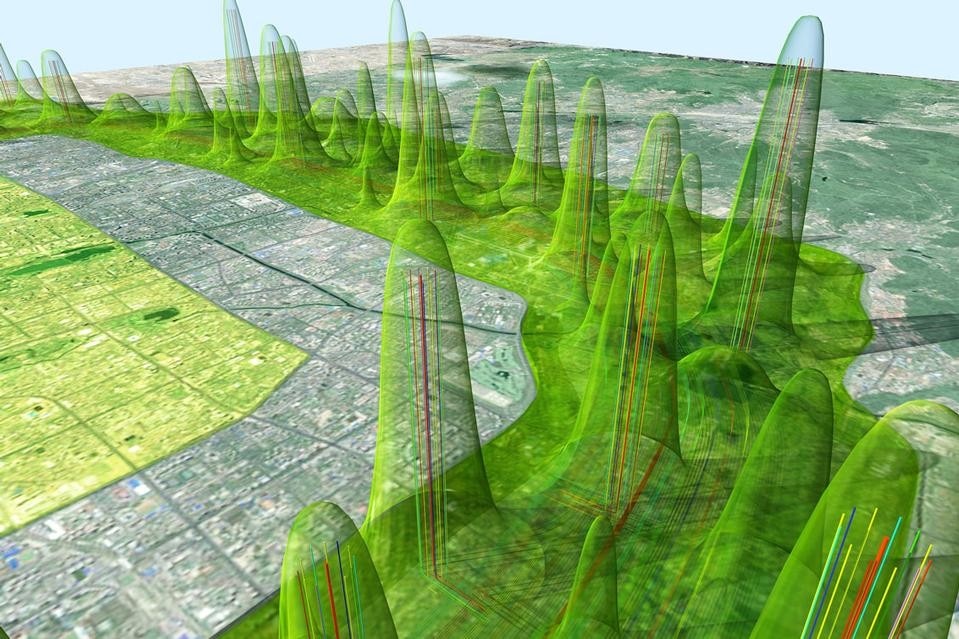
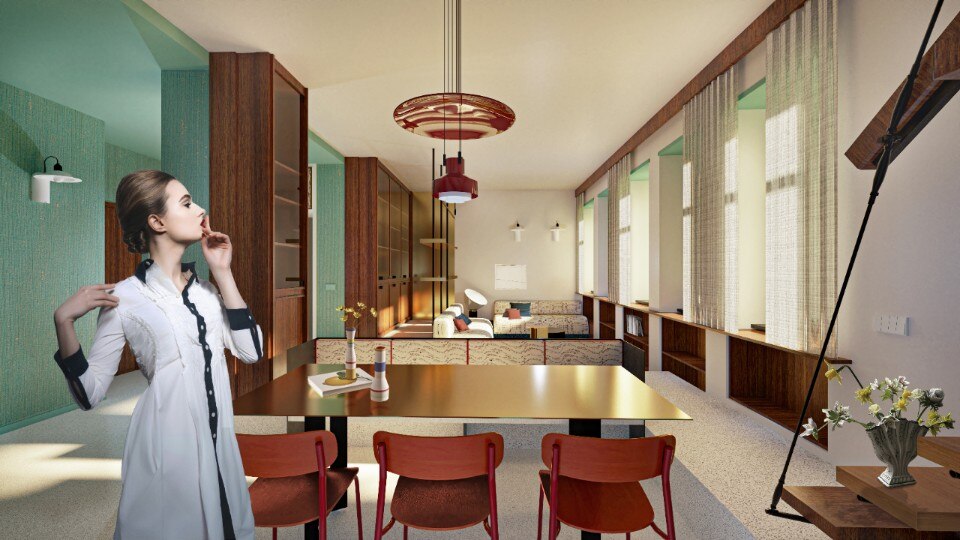
For a new ecology of living
Ada Bursi’s legacy is transformed into an exam project of the two-year Interior Design specialist program at IED Turin, unfolding a narrative on contemporary living, between ecology, spatial flexibility, and social awareness.


